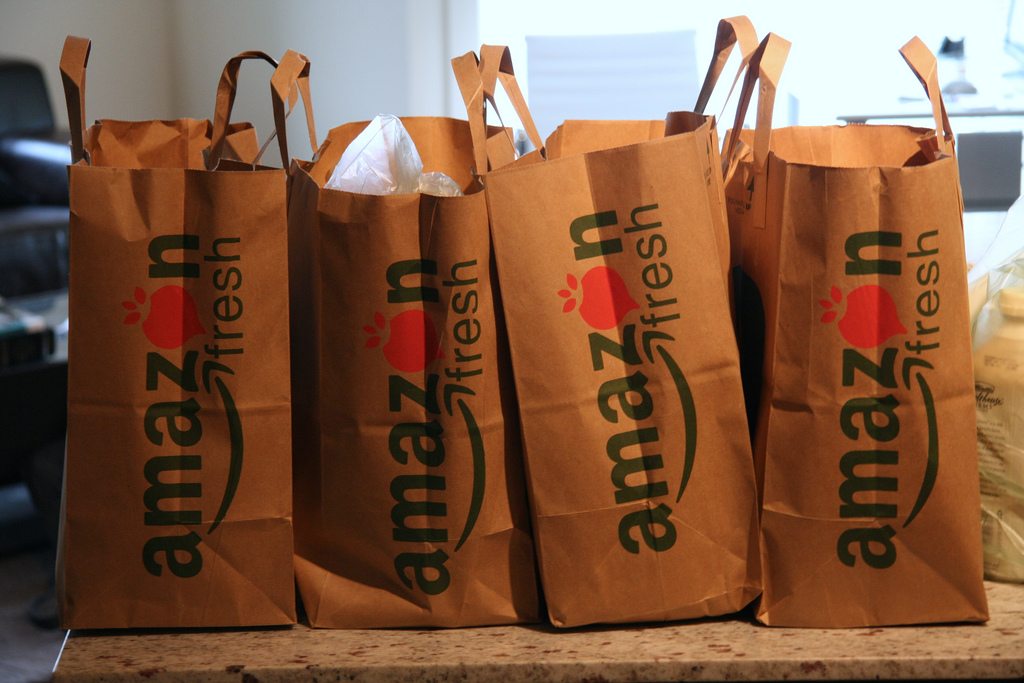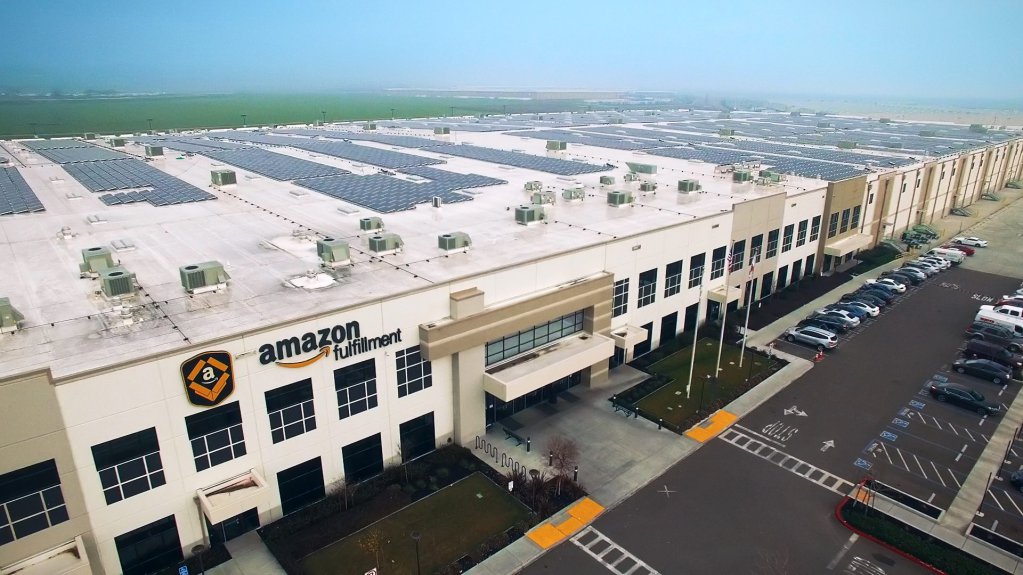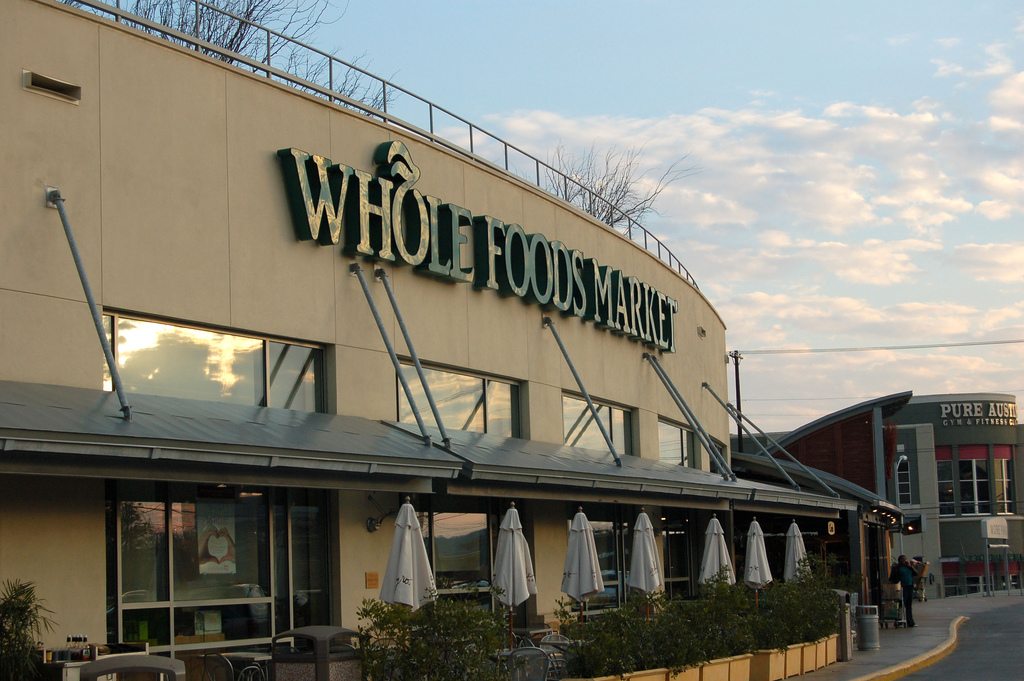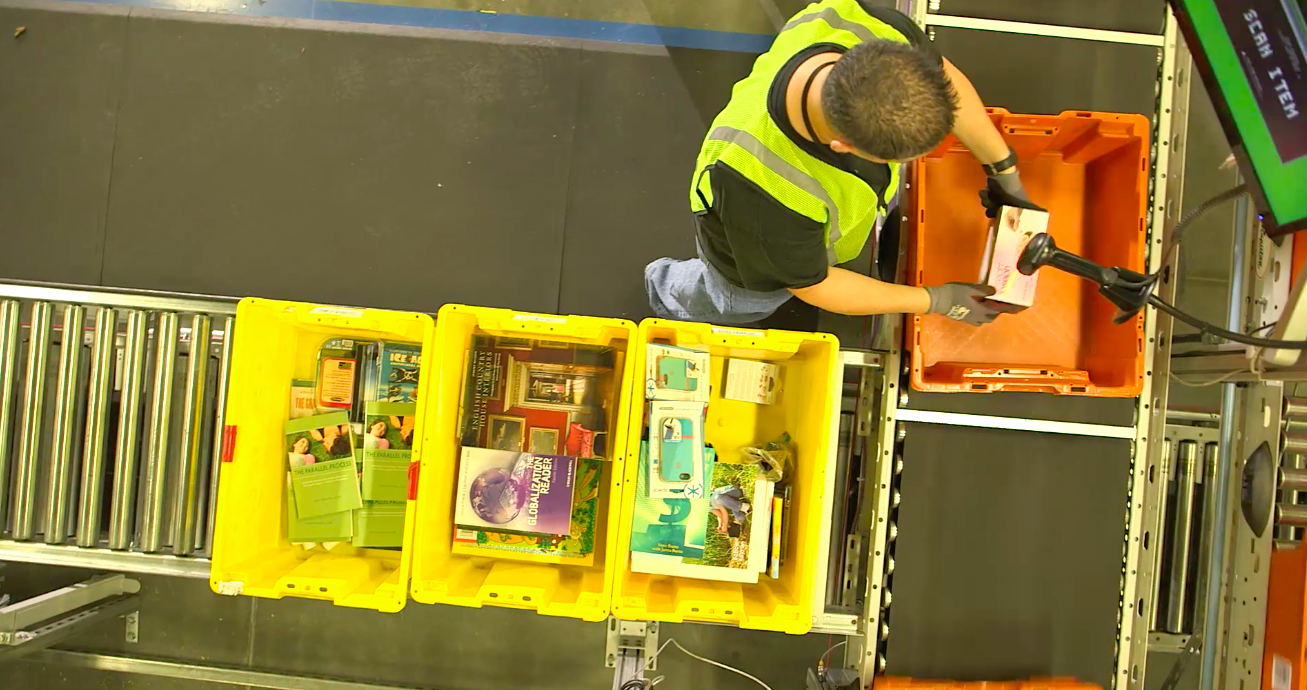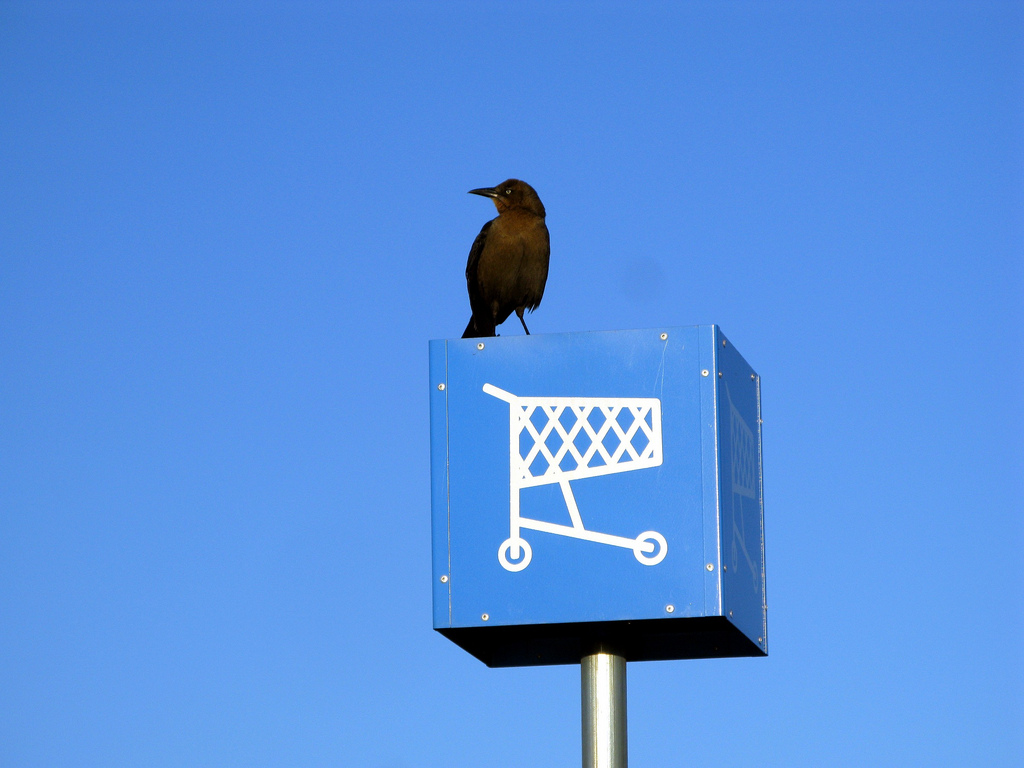By now, you’ve seen the news that e-commerce leviathan Amazon has offered $13.7 billion for Whole Foods, the supermarket chain that helped bring organic food (and $300 grocery bills) into the mainstream. It’s the most dramatic twist yet for Whole Foods, a company that’s taken a wild ride through the headlines in recent months, with off-target earnings numbers, anxiety-ridden shareholder calls, buyout rumors, and the meddling of activist investor Jana Partners, which has thrown its weight around after acquiring an 8 percent stake. (For a recap, see Patrick Clinton’s guide.)
More recently, it’s seemed as though the company’s very soul was at stake. In an in-depth Texas Monthly profile, Whole Foods’ co-founder John Mackey fashioned himself a papa bear defending a helpless cub, vowing to pull his life’s work out of the clutches of Jana, whom he likened to a bunch of soulless profiteers. The choice quote: “These guys just want to sell us, because they think they can make forty or fifty percent in a short period of time,” Mackey said. “They’re greedy bastards, and they’re putting a bunch of propaganda out there, trying to destroy my reputation and the reputation of Whole Foods, because it’s in their self-interest to do so.”
It’s not that no one saw this coming. Bloomberg reported that Amazon was eyeing Whole Foods a year ago, and we floated the company as a potential suitor in April. But the significance of this deal, if it goes through, is hard to underestimate, a marriage of titans that could reshape not just the food industry, but brick-and-mortar and e-commerce.
Here’s what’s still in play:
1) Ratcheting up the e-commerce arms race
The retail industry is rapidly consolidating, as a handful of the biggest players look for ways to grow their reach. The world’s largest brick-and-mortar retailer, Walmart, is doing all it can to expand its online clout—acquiring startup Jet.com in August of 2016 and, just today, the men’s clothing company Bonobos. Meanwhile, Amazon is coming at it from the other direction. For the world’s largest online marketplace, buying Whole Foods is about shoring up resources in old-fashioned retail. Two different means to try and reach the same end: total domination.
Amazon’s been trying to up its brick-and-mortar game recently, from Seattle’s (ill-received) Amazon Go cashless convenience stores to New York City’s new Amazon Books, its higher-tech answer to Barnes & Noble (also ill-received). But acquiring Whole Foods would put the company in a different bracket almost instantly, considering that the grocery chain owns prime real estate in many of the country’s most affluent and desirable neighborhoods.
But it’s not just about storefronts. The acquisition would measurably improve Amazon’s delivery infrastructure, too. Like everyone else in the delivery space, Amazon has struggled with the last mile problem—the challenge of getting goods from centralized warehouses out to people’s doorsteps. Built with foot traffic in mind, Whole Foods stores (more than 430 in total) can double as delivery depots, well-placed hubs that make it easier to coordinate 2-hour AmazonFresh shipments by truck (or drone).
This combination of online dominance and street-level presence could make Amazon an even more formidable player among the contenders jockeying to reinvent the future of retail—the companies, from Uber to Google to Blue Apron, that seem to feel that the future is in home delivery. For a company like Instacart, which had tried to carve a niche—with Whole Foods’ help—as a grocery store go-between, the deal is very bad news.
2) For grocery, this is huge
For Amazon, the purchase isn’t going to break the bank—founder Jeff Bezos could pay the $13 billion with just a fraction of his personal fortune. But in the world of supermarkets, which can compete with tech companies on revenue but don’t come close in profit, the acquisition has the potential to be defining.
We’ve already written about how Whole Foods needs a makeover, as competitors from Sprouts to Walmart up their organic offerings, and as competition stiffens from online retailers. Until now, the thought in the industry has been that Whole Foods was going to have to look more and more like a traditional grocery store. As Joe Fassler reported in May, the company was headed away from its decentralized purchasing model even before today’s announcement.
But a sale to Amazon would give Whole Foods new, unprecedented opportunities to reinvent itself. Amazon’s logistical muscle and vast financial resources could help it make new innovations in local, sustainably-minded purchasing—and the decision to keep founder John Mackey on as CEO is one indication that sourcing will remain a priority. Or maybe the focus will be on a new generation of super high-tech stores—previously unthinkable for Whole Foods, which didn’t even have a consumer rewards program, hadn’t kept tabs on shopper data, and generally ran a lower-tech ship.
Still, grocery shoppers who like Whole Foods’ in-store experience (and more importantly, are used to it) may be slower to adapt to tech takeovers in the almond butter aisle.
“It’s so ingrained in people’s behavior: the items that they need, all their brand preferences, that it’s hard to kind of jump into an industry like that and change it right away,” says Madeline Hurley, senior business analyst at economic research company, IBISWorld.
Maybe this is the opportunity Amazon’s been waiting for: to build a fleet of highly automated, cashierless stores that hook into its online marketplace (like the ones that flopped in Seattle). But it’ll have to take things slow if it wants to mess dramatically with Whole Foods’ existing business—and slow is a four-letter word in techland. “There’s definitely room for innovation,” says Hurley. “Especially with more basic retail industries like supermarkets. [But] it’d have to be implemented a lot more gradually and there’s a lot more trial and error.”
3) Dear HR: You’re gonna need a bigger hiring budget
Amazon is about to drip its sticky corporate culture all over the country. That presents a serious opportunity for workers (especially those fond of savage meetings), and a competition crunch for hiring managers. With over 340,000 current employees, Amazon is a formidable recruiter.
Mark Lerner, director of B2B marketing for media job listings site, Mediabistro, who wrote a blog post Friday warning employers to prepare to fight for talent, says, “It’s very likely that [Amazon] is going to be growing in a whole bunch of industries.” Lerner cites the potential for a $9 billion purchase of workplace messaging platform, Slack (which neither company has confirmed or denied). “People are going to be competing for tech talent, they’re going to be competing for marketing talent. For every business that Amazon’s going to buy … that’s going to attract talent from the top to the bottom.”
And Lerner says any company Amazon purchases is bound to have its business model upended. That opens up a lot of possibilities for workers skilled in corporate transition. When it makes a purchase, “Amazon’s going to work on branding of the entire business. Then you’re talking about new marketing people, new back office people. They’re hiring that kind of talent.”
But what about staffing the registers? How will Amazon reconcile its vision of robot-driven, highly automated labor with Whole Foods’ history of offering industry-leading perks for (human) cashiers?
We could go anywhere from here
Just because Amazon put in an offer doesn’t mean it wins the prize. Now that Amazon’s made a move, other players may jump in. Barclays estimates that Whole Foods is worth as much as $46 a share, slightly more than the $42 that was offered—a sign that Amazon led with a low bid, and that others may follow suit.
After all, a number of powerful interests do not want to see this deal happen. National grocery chains like Kroger, already struggling with bottom lines, don’t want to see Bezos gain a stronger foothold in food. Big box stores like Walmart would like to stop what amounts to a bold foray into its home turf, brick-and-mortar. And private equity firms with skin in the grocery game—like Cerberus Capital, which owns regional chain Albertsons—may make their own defensive bids. Meanwhile, everyone—from Blue Apron to Uber to Google—is trying to wed food and e-commerce, and master the daunting economics of home delivery. The stakes are high.
In any case, an Amazon/Whole Foods company has the opportunity to be a paradigm-shifting development, even if it’s still hard to see exactly how. And it is hard to imagine how these two companies fit together. Whether or not it deserves it, Whole Foods has staked its reputation on being a corporate samaritan, a company by and for people who want to do the right thing. At the same time, rightly or wrongly, Amazon is known as a discount-retailing, steamrolling titan, willing to murder entire existing industries in cold blood if that’s what takes. This is an identity crisis if we’ve ever seen one, and it’s hard to know how the two brands can reconcile their vastly different public personas and find a way to work together. Yet the possibilities seem nearly infinite.
Which brings up an important point, as we try to consider where things will go from here: what is Amazon, exactly? An online retailer? Cloud services provider? One of the country’s biggest employers? Logistics business? Distributor? With its tentacles in so many segments, it’s difficult to say with any certainty. And that may be a brilliant Bezos strategy we don’t totally understand yet (he suggested in a recent tweet that he thinks mostly about the very long term game). Or it could be a sign that the company itself is unclear on its direction, hoping to grow by acquisition until it’s simply too big to fail.
